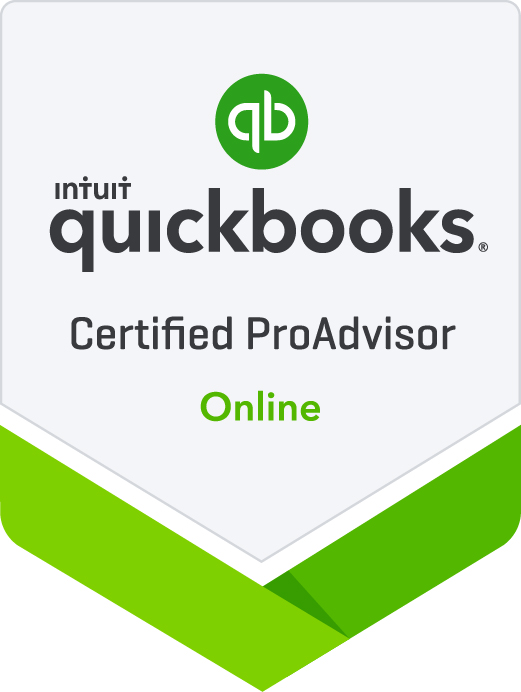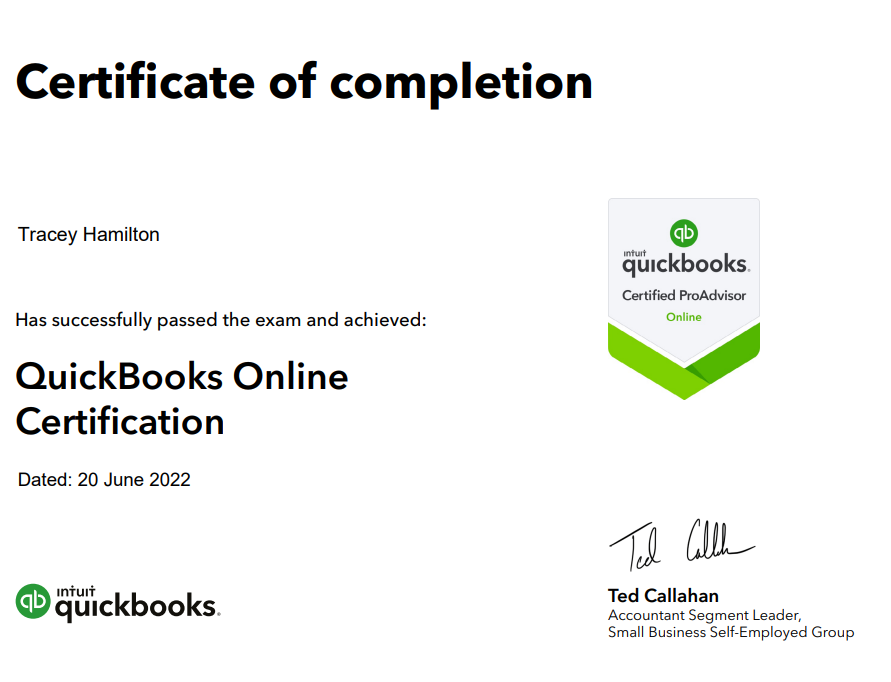3 Tips To Actually Help Build Your Business At A Comfortable Pace
/We have all heard the horror stories of businesses that were off to a great start and then ran into operational challenges and poof they were no more.
A company called Wise Acre Frozen Treats met such a fate.
According to an article in Entrepreneur.com, the organic popsicle company started with humble beginnings by making their product inside a school kitchen. “After a year and a half, the owner hired a single employee, and six months after that hired 13 more employees and entered a 3,000-square-foot manufacturing facility. By the end of the year, the company had gone bankrupt.”
Ouch!
There is a danger in growing too fast.
Here are 3 tips to help you build your business at a comfortable pace so that you don’t run the risk of going out of business.
Tip#1
Write a business plan
I was at a S.C.O.R.E. seminar recently with local bankers and the key takeaway from that meeting was that a business plan is not just for startups but is a working document to guide you through your business journey. Here is a great resource that will help you to create one.
Tip#2
Track Your Finances
I know this sounds like no fun at all but it is crucial to build your business at a comfortable pace. Almost every business that failed including the one above was due to poor financial management. There are many tools available to help you do this like Excel spreadsheets and accounting software such as Quickbooks Online.
Tip#3
Don’t Hire Too Fast
It can be exciting and a relief to bring on a few extra hands to help grow your business. The key thing to keep in mind is to make sure it makes both financial and operational sense to do so. Here are a few tips to help you make the decision.
Conclusion
Running a business can be much like riding a rollercoaster with plenty of dips and high points. A ton of amazing businesses grew too fast and are no more. That’s why it is so important to make sure you are building a great business at a comfortable pace. I hope the 3 tips shared help you along your business journey.
Do you have any tips or pearls of wisdom you would like to share? I can’t wait to hear them!









